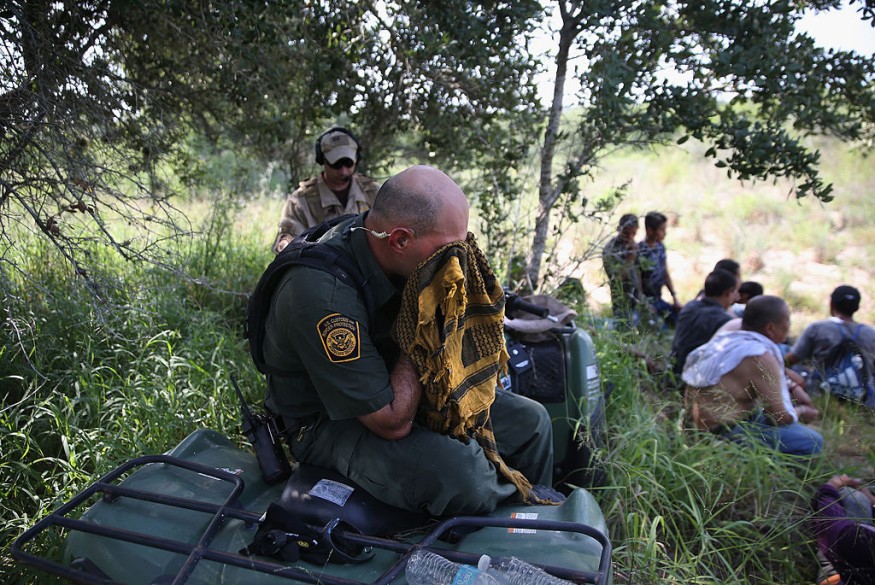
The border crossing route from Mexico to the U.S is currently in severe heat condition causing dehydration and death among migrants. As climate change gets worse, human migration had become unregulated, and the world, uninhabitable.
Environmental conditions across the region, particularly the border between Nogales, Mexico and Three Point, Arizona, had led to several deaths in nearly 40-year span, narrowed down to the hottest months of the year between May and September.
To calculate the deadliest points in US-Mexico borders, researchers used a biophysical model of human dehydration. Findings suggest that majority of those deaths of 93 deaths recorded were caused mainly by dehydration.
Physiological stresses from deadly heat
After mapping out deaths from dataset in the affected regions, researchers linked severe dehydration to water loss as well as physiological challenge in animal species.
"We provide the first empirical evidence that the physiological stresses experienced by humans attempting to cross the Sonoran Desert into the U.S. are sufficient to cause severe dehydration and associated conditions that can lead to death," says Ryan Long, associate professor of wildlife sciences at the University of Idaho and senior author of the study. "[A] disproportionately large percentage of migrant deaths occur in areas where the predicted rates of water loss are highest."
In an attempt to enter the U.S. through the Sonoran Desert, migrants are significantly challenged on the account of human survival. Such severe dehydration was also associated with disorientation and organ failure, leading to death.
"Access to sufficient amounts of drinking water to support the high rates of water loss experienced during the journey likely makes the difference between life and death for many migrants," Long said. The experience was better illustrated by people who emigrated from Mexico to the U.S.
For instance, Lucho, a 47-year-old migrant from Jalisco, Mexico described his experience as "hallucinating".
"We were surrounded by dirt but I kept seeing water everywhere in the desert," Lucho described.
Bound to worsen with climate change
Models of future warming and water loss in the region revealed how much more dangerous border crossings will become.
In Arizona, the fourth-fastest warming state in the U.S., 50 dangerous heat days are already expected to linger in a year, which are set to become 80 days by 2050.
"We find that migrants' journey will become significantly more dangerous over the next 30 years," Reena Walker, graduate student at U of I and co-lead author of the study said. Their calculations suggest that, by 2050, people crossing the border on foot will have at least a 30% increase in their water loss during the journey due to higher temperatures.
More importantly, migration between the U.S. and Mexico has become common and complex, influenced by many factors. Undoubtedly, climate change is driving migration as well as the influence of extreme weather. Moreover, other climate disasters such as two back-to-back hurricanes last year and drought that climate had been crisis at the U.S. border.
In 2019, UN defined climate change as an "emerging threat that is already displacing people all over the world."
© 2025 NatureWorldNews.com All rights reserved. Do not reproduce without permission.





